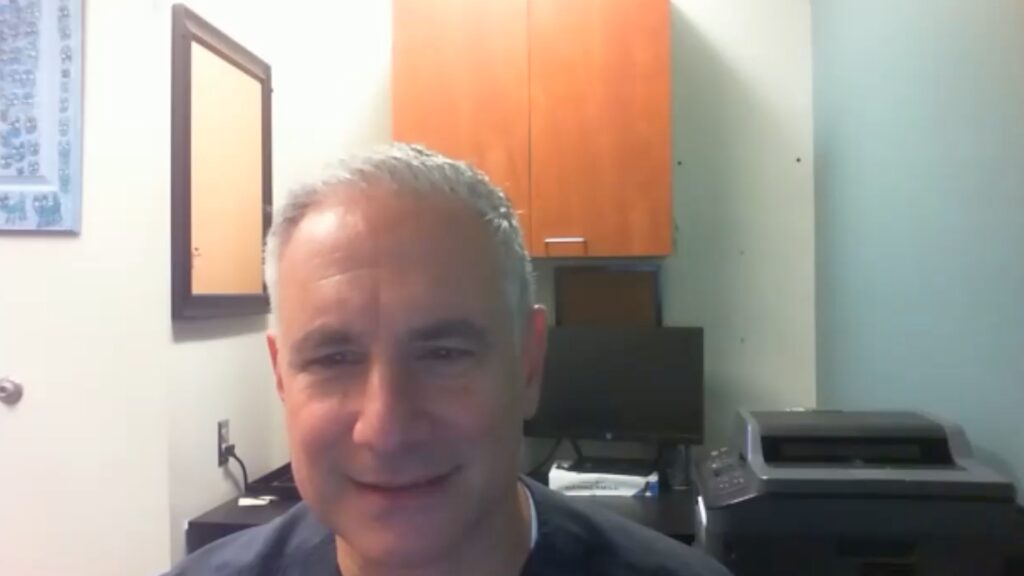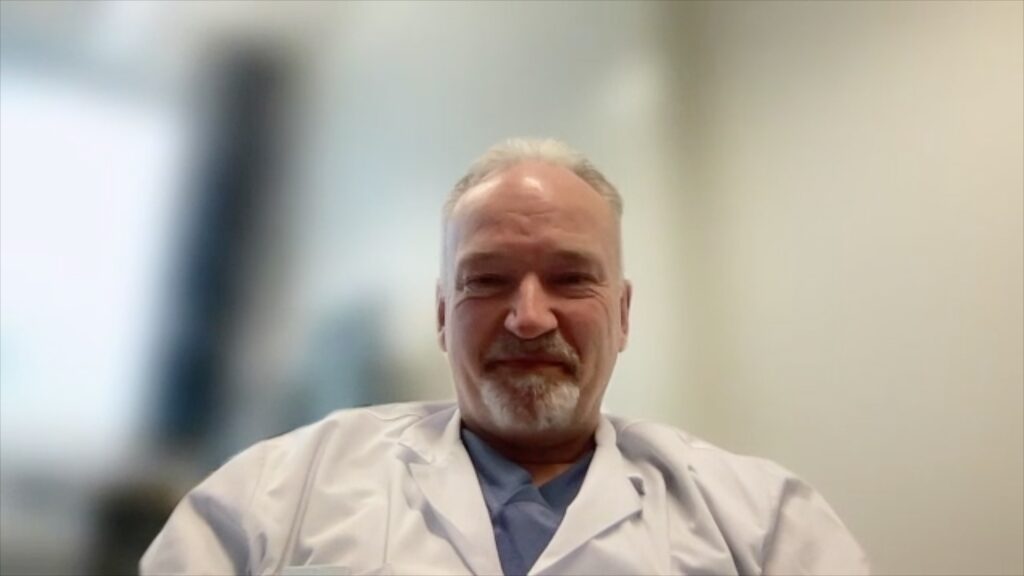The American Society of Cataract and Refractive Surgery (ASCRS) annual meeting, held this year in San Diego, has once again showcased the latest and most exciting advancements in the field of ophthalmology. Bringing together top experts, researchers and practitioners, this year’s meeting was a hub of innovation and knowledge-sharing. Among the many insightful presentations and cutting-edge technologies, a few developments stood out as particularly noteworthy. In this article, we highlight some of the most exciting breakthroughs from ASCRS 2024 that could shape the future of eye care.
 Positive phase III study results for PL9643
Positive phase III study results for PL9643
Dr Eric Donnenfeld presented promising top-line phase III study results for the MELODY-1 trial (NCT05201170), evaluating PL9643 for the treatment of dry eye disease in his presentation “Updates, What’s New in Treatment, What’s New and on the Threshold of FDA Approval”. The study achieved statistical significance for the co-primary symptom endpoint of pain (p<0.025) and seven out of eleven secondary symptom endpoints met statistical significance (p<0.05) over a 12-week treatment period. A rapid onset of efficacy was observed at the 2-week treatment period, with multiple symptom endpoints, including the co-primary pain endpoint, achieving statistical significance. The improvements continued to enhance over the entire 12-week treatment period. At the 2-week mark, all four fluorescein staining endpoints demonstrated statistical significance (p<0.05).
The trial data showcased fewer ocular treatment-related adverse events in the PL9643 arm (5.6%, n=16/288) compared with the vehicle (6.3%, n=18/287). There were also lower discontinuation rates in the PL9643 arm (7.0%, n=20/288) versus the vehicle (11.1%, n=32/287), with a higher dropout rate among vehicle-treated patients before the 12-week endpoint compared with those treated with PL9643.
The data so far suggests that PL9643 could potentially offer new hope for patients with dry eye disease.
Sustained-release bimatoprost drug delivery platform shows promise for ocular hypertension and glaucoma
Dr Gregory Katz presented promising 12-month interim safety and efficacy data from a first-in-human study of the SpyGlass Pharma IOL-based drug delivery platform. This platform, which delivers sustained-release bimatoprost, was tested on 23 eyes with doses of 75 µg, 150 µg or 300 µg during cataract surgery.
The study demonstrated a significant reduction in intraocular pressure (IOP) across all patient cohorts. Mean IOP dropped from 25.1 mm Hg at baseline to 13.9 mm Hg at the 12-month mark, with no need for additional IOP-lowering medications. Additionally, all eyes achieved a best corrected visual acuity of 20/40 or better, with minimal adverse events unrelated to the drug delivery device.
The results to date indicate that this method of administering medication could be a valuable option for managing ocular hypertension and open-angle glaucoma in patients undergoing cataract surgery.
Promising phase III OPTIMIZE-1 trial results for OCS-01
Positive results from the phase III OPTIMIZE-1 trial of OCS-01 demonstrated a significant reduction in inflammation and pain following cataract surgery. The result presented by Dr Eric Donnenfeld revealed that 57.2% of patients treated with OCS-01 were inflammation-free at Day 15, in contrast to 24.0% with the vehicle (p<0.0001). Moreover, 75.5% of patients experienced no ocular pain at Day 4, compared with 52.0% with the vehicle (p<0.0001).
In a press release about the findings Dr Donnenfeld emphasized, “The results from OPTIMIZE-1 were highly compelling, showing statistically significant impact on treating inflammation and pain following cataract surgery. Current treatment regimens require multiple daily doses of different eye drops, and having an effective once-daily highly potent and safe anti-inflammatory eye drop with a good tolerability profile would meaningfully reduce the burden for patients, caregivers, and ultimately, improve surgery outcomes. OCS-01 is truly a unique product candidate with two specific advantages over conventional eye drops: a highly concentrated formulation with 15 times the concentration of available and approved dexamethasone eye drops and an improved solubility profile to enhance eye tissue penetration.”
These encouraging results suggest OCS-01 could offer patients a new option as the first once-daily, topical, preservative-free corticosteroid for treating post-surgical ocular inflammation and pain.
Positive phase II data announced for PAXTRAVA glaucoma implant
Promising 6-month top-line data was presented for the phase II study of PAXTRAVA (travoprost intracameral implant or OTX-TIC) in treating patients with open-angle glaucoma or ocular hypertension.
Presented by Dr Mark Gallardo, the results showed that the PAXTRAVA 26 µg implant demonstrated consistent and significant intraocular pressure (IOP) control over 6 months. Statistically significant reductions in IOP were observed at multiple intervals, including week 2, week 6, week 12, and months 4.5 and 6 (p<0.0001). The mean IOP reduction ranged from 24 to 30% from baseline, with 81.3% of treated eyes not requiring additional IOP-lowering therapy during the 6-month period.
PAXTRAVA was generally well tolerated, with no adverse effects (AEs) on corneal endothelium observed at six months. Most AEs were mild and resolved with topical treatment. Initial ocular AEs were primarily related to the injection procedure, while later AEs aligned with the known travoprost safety profile. One serious adverse event, a peri-implantation bacterial infection, necessitated implant removal.
Disclosures: This article was created by the touchOPHTHALMOLOGY team utilizing AI as an editorial tool (ChatGPT (GPT-4o) [Large language model]. https://chat.openai.com/chat.) The content was developed and edited by human editors. No funding was received in the publication of this article.










